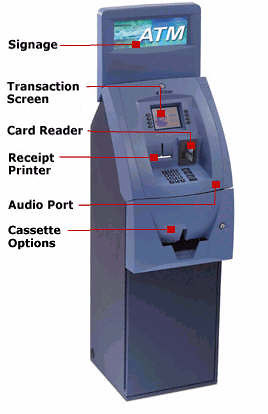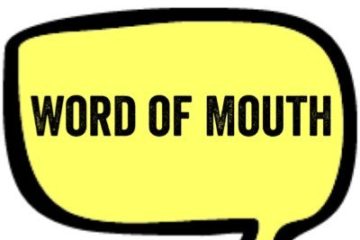I was talking to some friends last week. They graduated a few years ago. They have common sense and are very logical. This is the case for most of their friends too, yet lots of them feel very confused and ignorant about how to manage their finances, how things like the fiscal year affects them, why they should save and so on.
This is something they were not taught in secondary/high school and unless you tell me otherwise, the syllabus has not changed. Thus many young adults go to Uni and have no idea how to manage their money, limit how much debt they accumulate & as a result, get very stressed. So I’m going to try and answer some questions in separate posts.
Banks and building societies finally agreed to stop charging customers of other institutions for using their cash machines in 2002. However, specialist companies have been installing machines in ‘convenient’ locations at a rapid rate in recent years.
Rise of the fee machines
At the end of the Nineties, nearly all cashpoints in the UK were free to use. But now fee-charging ATMs – normally found in petrol stations, shops and post offices – are widespread.
The typical charge is £1.50, although there is no limit on the amount that can be charged. Some machines charge up to £2 per withdrawal, with a rare few charging an extortionate £5.
Remember that using these machines to withdraw small amounts is proportionally very expensive. For example, take out £20 or less when using an ATM and a typical charge of £1.50 will add around 7.5% to the overall cost.
Spotting fee machines
Link, the organisation which runs the cash machine network, has made it compulsory for all fee-charging cash machines to display an ‘early warning’ to customers. This should take the form of clearly visible stickers or an on-screen message, telling people they will be charged for taking out money.
Unfortunately not all card machines seem to be following the rules to the letter, with reports that some stickers have been placed at knee height rather than eye-level, while others wait until the end of the transaction before mentioning the fee.
The three main companies operating fee-charging machines are Cardpoint, Moneybox and Hanco. Look for these names on ATMs and if you see them go elsewhere — unless you want to pay a fee.
Avoiding fees
Those most likely to charge are machines located in petrol stations, pubs, clubs, newsagents or Post Offices.Use cashpoints inside or outside any bank or building society – even if it’s not your own – and you can avoid any charges.
None of the banks charge if you use their branch cashpoints. However, many still charge indirectly. For example, both Alliance & Leicester and Abbey have fee-charging cash machines located away from their branches in ‘convenient’ locations.
Further advice
If there is no free cash machine available use your debit card instead, or ask shopkeepers or bartenders for cashback. Try to use a cash machine you are familiar with and you know doesn’t charge. Either way, always check first.Useful links
http://www.link.co.uk/mn_homepage.html



